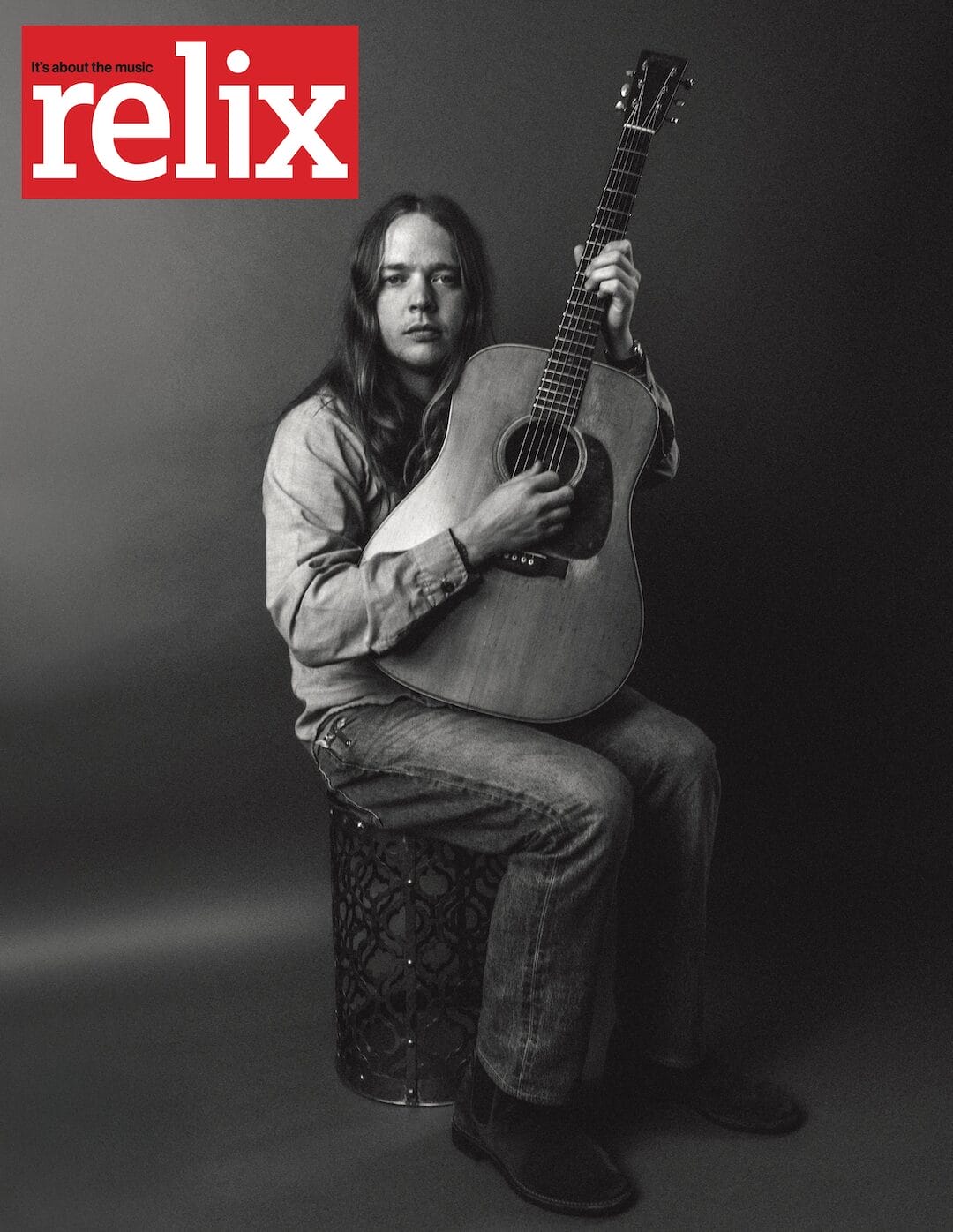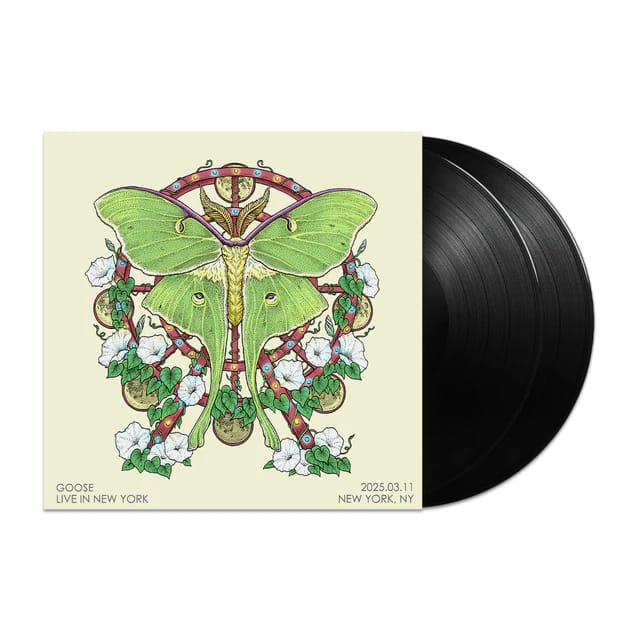Swing Time: John Scofield Explores ‘Uncle John’s Band’

His history might suggest otherwise, but John Scofield, the celebrated jazz guitarist, insists he was “not a Deadhead” when he was growing up. “I did hear the Dead in concert in the old days, and as a matter of fact, I was at their first New York gig, which was in Tompkins Square Park in 1967,” he says, as he prepares to release the new double-album Uncle John’s Band. “I was aware of the Dead growing up, but I was already into jazz. And, before that, I had been more of a blues fan, really.”
Scofield first entered the Dead’s extended orbit when he started playing with Medeski Martin & Wood—who had been adopted into the jamband scene, thanks to their association with Phish—in the late ‘90s. And, just under a decade later, he started performing the occasional gig with Phil Lesh & Friends.
It was fellow guitarist Warren Haynes who forged the connection between Scofield and Lesh. “Warren told Phil that he should call me to do some stuff,” Scofield remembers. “And, since then, every year I do a couple of gigs with them. At one point, we did a whole tour. I wasn’t a Grateful Dead expert by any means; I’m a latecomer. But, I gotta say, now I love a lot of Grateful Dead songs.”
Being thrust into the world of the Grateful Dead gave Scofield reason to learn the group’s repertoire, and to feature the Workingman’s Dead classic on his latest album for ECM Records. Although the Dead’s original version is pure proto-Americana, Sco says, “We made it jazz.” The guitarist recorded Uncle John’s Band with acoustic bassist Vicente Archer and drummer Bill Stewart in 2022, at an upstate studio in Rhinebeck, N.Y. ECM founder Manfred Eicher handled production duties, as he’s done with most of the releases on the label since its inception. Eicher, says Scofield, didn’t balk at including a Dead cover on one of his projects; nor did he object to Scofield also including Bob Dylan’s “Mr. Tambourine Man” (which hews closer to The Byrds’ arrangement) or Neil Young’s “Old Man.” The guitarist rounds out the entirely instrumental album with several originals as well as “Stairway to the Stars,” a standard from the ‘30s, the West Side Story staple “Somewhere” and an early Miles Davis composition, “Budo.”
Scofield didn’t need to learn the Davis number for the sessions. The guitarist, now 71, was a devotee from the time he discovered jazz in his teens and served as a valued member of Davis’ band for a few years in the ‘80s, contributing to the trumpeter’s recordings Star People, Decoy and You’re Under Arrest. “It was Miles that captured me more than anybody else as a fan and as a listener,” Scofield says. “I just loved the sound. So getting to play with him was a really important step in getting to know him and having him approve of me as a musician. I got so much insight into jazz music talking to him. I was so lucky to be there.”
By the time Scofield took the gig with Davis, he was already considered one of the hottest new guitarists on the jazz scene, working both as an in-demand sideman and recording under his own name. Scofield has collaborated with many of the greats during his multi-decade career, working with quartets, quintets and in other configurations. But he holds a special place for the trio. In more recent years, that’s usually meant Stewart (“One of the most brilliant musicians that’s ever lived,” Scofield enthuses) and bassist Steve Swallow, the latter relationship stretching back to the ‘70s.
The current combo, with Vicente replacing Swallow—who is tied up with family matters—took easily to the rock tunes Scofield wanted to interpret on Uncle John’s Band. “When you’re a musician,” the guitarist says, “you think of the structure of the song and what that allows you to do with it. Like with Neil Young’s ‘Old Man,’ there’s a couple of chords in the intro that set up a good way to improvise. That’s what appealed to me most in that song, besides just liking it. With ‘Mr. Tambourine Man,’ I tried to do the vocal harmony that David Crosby and those guys used on the guitar.”
And, less surprisingly than it might seem at first, “Uncle John’s Band” itself made the transition to jazz easily. “There’s the improvisation ideal that the Dead had,” Scofield says. “They were jazz-conscious and had that special magic. They took chances. No [rock] groups did that. A couple of groups sort of tried, but the Dead always had this really developed aesthetic that way. They were going for it. We could have done something like ‘Dark Star,’ but I just liked [“Uncle John’s Band”]. We do our own version of free improvisation with it.”
Scofield is well aware that the Dead’s own penchant for improvisation grew out of an admiration for players like Davis and John Coltrane. “I don’t think any of them really spent time playing jazz,” he says, “but I remember Phil telling me that when they played opposite Miles at the Fillmore, ‘Miles was doing what we wished we could do.’ I really always loved that about the Dead. I think the reason I got to play with Phil was because he wanted that element to always be there in his group.”
There is one other reason that Scofield chose to cover that particular Dead tune though, and to title his album after it: He is, after all, named John, and he leads his own band. “When else in my life am I gonna have that?” he asks rhetorically. “Is there even another song with the name John in it? There probably is, but I’m probably not gonna play it.”




















